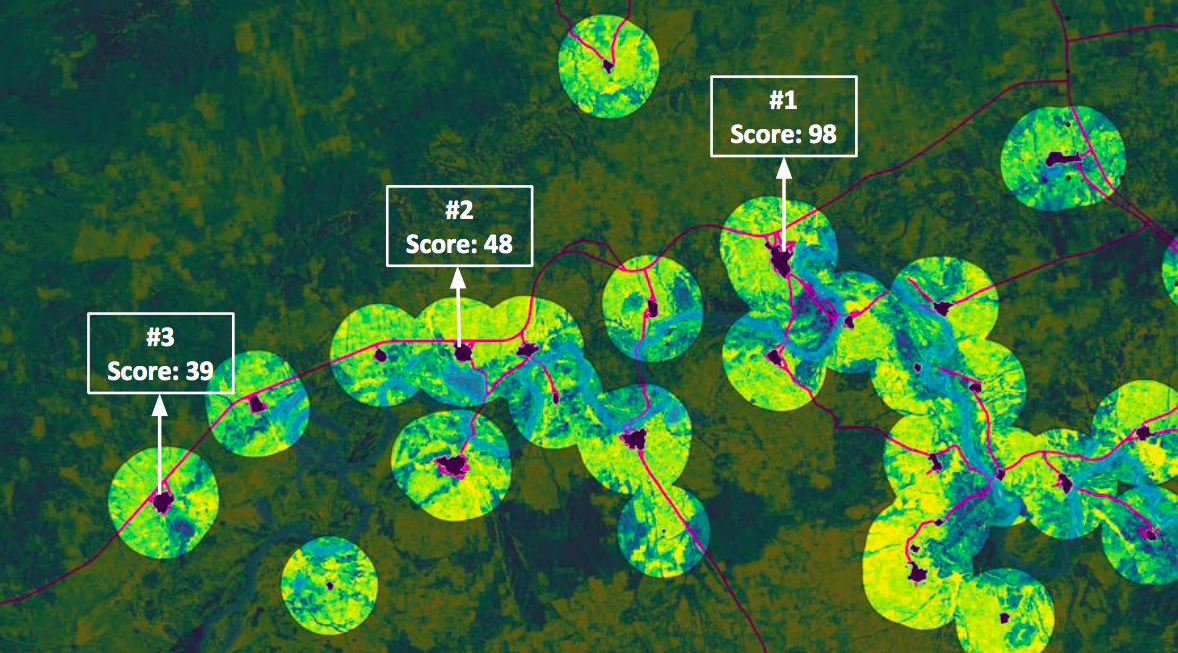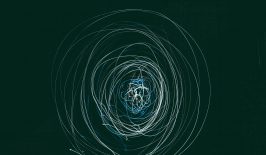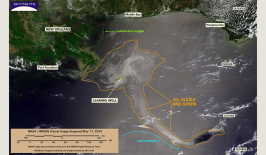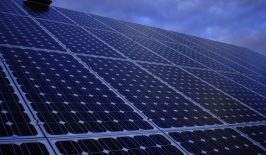Around 1 billion people worldwide live without reliable access to electricity. Of this number, the vast majority live in smaller, rural communities that are often isolated from the main energy grid. In some countries in the Global South, the number of people living without power can be as high as 75 percent.
Electricity could be provided to these communities via older methods, such as diesel generators, however the UN’s Sustainable Development Goals calls for access to affordable, sustainable and modern forms of electricity. For rural communities this often means solar power. However, introducing solar power to isolated villages and towns is not without challenges.
Luckily, new technology is now being harnessed to make the process easier, more efficient and hopefully more economical. Village Data Analytics (VIDA), a new custom software developed by TFE Energy and AppliedAI, is utilising the power of satellite imagery and artificial intelligence to pinpoint exactly where solar power mini-grids are most needed.
In a conversation with RESET, VIDA’s CCO Nabin Gaihre explained that there isn’t a simple one-stop solution for developing mini-grids in every single rural community. Factors on the ground, such as population, building density, commercial activity and infrastructure will all impact the feasibility and cost of installing solar power. Traditionally, this information would be collated via surveys and inspections carried out by personnel on the ground or using outdated information. Not only is this a slow, erroneous and expensive task, but in some cases there may be hundreds of smaller villages requiring electrification in a particular area.
The sheer scale of these surveys, as well as linguistic and logistics issues, means they are often limited to specific communities, while others are overlooked. As Nabin quite rightly asks: “There are more than a billion people that don’t have access to electricity. How can we possibly survey a billion people?” He continues:
“One of the major problems of the off-grid sector is that there is not much understanding of where suitable off-grid villages are. Key village level information is missing, such as where are they, how big are they, how much electricity do they need, if can they pay for it, and so on. We believe that this lack of visibility is “one of the”, if not “the” most important barrier to electrifying remote villages at scale.”
Spotting the World’s Remote Villages from Space
By using satellite imagery from NASA and the European Space Agency, the VIDA software is able to automatically identify off-grid villages and provide an overview of the demographics and socio-economic aspects of rural communities across the world. From this, they can introduce a four step procedure – Identify, Extract, Predict and Rank – to find those villages which will most benefit from electrification programmes.
During the identify phase, artificial intelligence algorithms can detect the presence of even small rural communities that may be off the beaten track. By learning how to spot buildings, roads and cultivated fields, the VIDA software can provide an up-to-date and complete survey of communities. Once identified, the software can additionally extract important information that helps build the profile of rural villages. For example, is there a school or hospital? Does it feature a central market? Does it have access to water all year round? Is there existing electrification? How much agriculture happens around the village? Is the village connected to a nearby market by roads?
Now armed with this information, VIDA can also make predictions regarding the costs and efficiency of electrifying certain communities. Often this falls into one of three categories: extending the existing grid to the community, creating a self-contained mini-grid island system, or installing individual home solar systems on buildings. For dispersed rural communities, the latter two options are often the most feasible.
Finally, this information is ranked to provide off-grid companies with a clear overview of their opportunities in a given area.
VIDA is already being used by large development finance institutions (including the World Bank and PACT), government bodies and off-grid electrification companies, for projects in three continents across the world. For the most part, VIDA is used to identify if the programs or projects are shown to be economical in the long run. VIDA not only provides the information to off-grid companies, but also reduces the overall risk of the endeavour, hopefully spurring on electrification processes in those nations most in need of support.
However, the technology itself is not wholly limited to enabling faster and more efficient access to electricity. The ability of the artificial intelligence portion of VIDA to survey communities and provide accurate information could also potentially be used for a wide range of different applications. Already, the VIDA system has been used to assess the coronavirus response in Nigeria by identifying health centres and infrastructure. Nabin also believes that in the future, VIDA could provide an overview on the transfer of goods between villages, create new more efficient trade links, and even provide transparency in regards to sustainably produced products, such as cocoa and coffee.
This article is part of the RESET Special Feature “Satellites for Sustainable Development”. Click here to explore all of the articles in the series.






